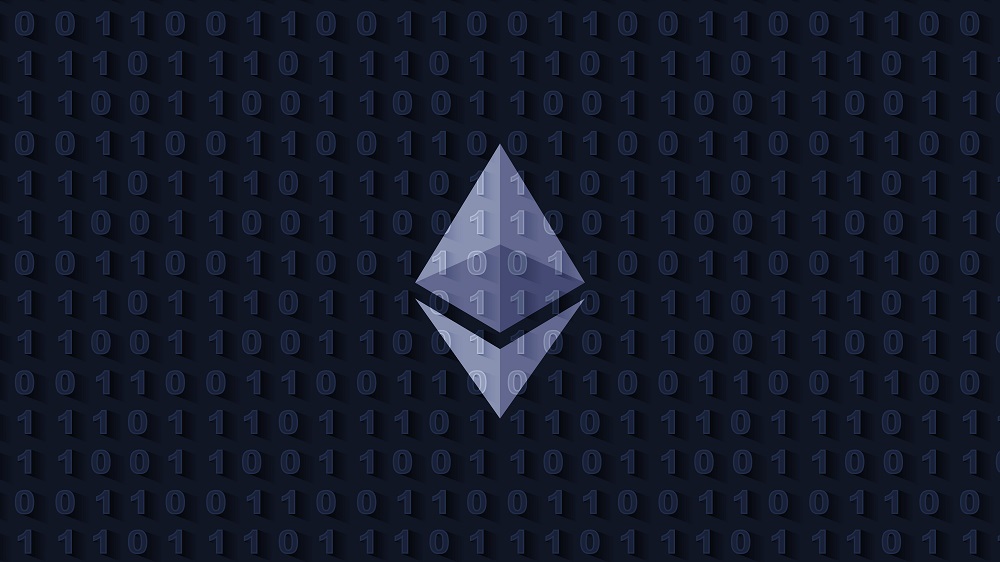Decentralized applications also known as DApps, are the next logical step in the evolution of technology. A decentralized application is similar to a smart contract on the Ethereum blockchain, yet it also has key differences. Unlike smart contracts, Dapps do not need to revolve around finance but can leverage blockchain technology for any purpose that comes to mind.
A Brief Overview of What A DApp Entails
As most people are well aware of, a smart contract is a decentralized bond between two or more parties on the blockchain. Smart contracts [in their current form as of early 2017] require a financial incentive to operate and pose some limitations as to how many people can participate at any given time. Decentralized apps, or DApps, improve upon this technology by quite a margin.
One of the main selling points of DApp technology is how it allows for a limitless number of participants on all sides of the market. Moreover, DApps can leverage blockchain technology for other purposes than just a financial outcome. In our Top Dapps article, we have highlighted some of the possible use cases for these decentralized applications.
When it comes to creating a new DApp, the technology is slightly easier to get acquainted with compared to writing a smart contract. Do not be mistaken in thinking everyone will create a decentralized app out of thin air all of a sudden, but the learning curve is less steep. Interested parties should search on Google for ways to create a new DApp, and they will be underway in no time.
There are two main classes of decentralized applications. Fully anonymous Dapps allow every participant to remain a level of anonymity, and all interactions take place automatically and instantly. A well-known mainstream example of this technology is BitTorrent, the popular peer-to-peer transfer protocol.
The other category revolves around reputation-based Dapps, an ecosystem in which nodes are tracked and maintain status inside the applications. Ensuring trust is of the utmost importance in the world of reputation-based decentralized applications. However, there is no way to attach a monetary value to one’s trust level, nor can it be transferred to anyone else.
One may wonder where concepts such as Bitcoin lie in the DApp world. Interestingly enough, Bitcoin falls in between the two types of decentralized applications. Bitcoin cannot be quantified as a traditional application since there is a virtual property that has value inside the ecosystem. It is evident there is plenty of room for all kinds of decentralized applications moving forward, and the DApp ecosystem will see significant growth in the years to come.
If you liked this article, follow us on Twitter @themerklenews and make sure to subscribe to our newsletter to receive the latest bitcoin, cryptocurrency, and technology news.

